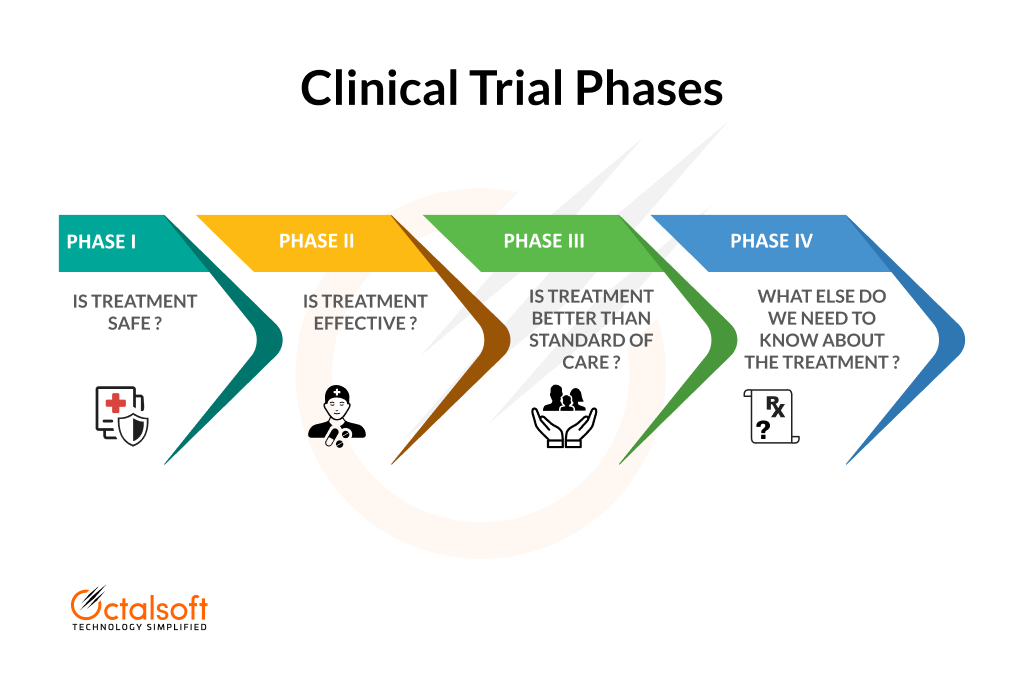More inquiries than any other issue are to trial master files (TMFs), specifically about original documents and copies. There's a lot of misunderstanding about two things: what qualifies as a certified copy and when one is needed.
There are still unanswered questions, even though best practices that clear up some of this misunderstanding have been identified thanks to recent regulatory guidelines. The most popular and often asked concerns concerning the certified copying procedure for TMFs are addressed here.
What Is A Certified Copy?
A certified copy is described as "a copy of original information that has been verified, as indicated by a dated signature, as an exact copy having all of the same attributes and information as the original" by the Food and Drug Administration (FDA).
Why Do You Need A Certified Copy?
The ICH GCP guideline mandates that copies (regardless of the media used) in the eTMF that irrevocably replace originals be certified copies of the original, according to the European Medicines Agency (EMA). It is not appropriate to replace an original file with any transfer or conversion (such as digitization or printing) that does not meet the requirements for a certified copy.
Put another way, a certified copy of a document must be lodged in the eTMF if the original is accidentally or purposefully destroyed.
How Do You Verify a Certified Copy?
To verify that a copy was created using a validated procedure that guarantees a copy retains the same information as the original, including information about the document's context, content, and structure, a copy must be signed and dated.
What Is A Validated Process?
Here's where ambiguous regulatory guidance arises. The EMA guidelines state that the digitization process should be verified to make sure no information is lost or altered, and they provide methods for the quality control (QC) of certified copies. However, they do not provide any more recommendations.
Testing if something works and recording what was done, when it was done, and what transpired are both parts of validation.
A thorough framework surrounding the paper destruction process has been developed by the DIA Document and Records Management (DRM) group, which also offers additional guidance on a verified methodology.
According to the framework, "Image quality, indexing quality, metadata accuracy, and the establishment of the certified copy should be established through a quality driven validated process." Documentation of the approved process's monitoring is required. The implementation of an audit trail and/or electronic signature capabilities is necessary as part of the system's overall validation if quality control processes are being electronically documented.
A standard operating procedure (SOP), which staff members receive training on, defines a validated process as a tried-and-true, dependable, and quality-driven collection of operations.
What About Site Documents?
The same guidelines apply to site documents as the investigator site file (ISF) for a trial is a component of the TMF. Original documents created on the site need to be kept there. Copies should reside in the sponsor's TMF if necessary. But since the original isn't being replaced or destroyed, those duplicates don't need to be certified copies.
Not all of the copies in the TMF have to be certified copies. Only in cases when a copy completely replaces a damaged original does it require certification.
With the help of regulatory agencies such as the FDA and EMA, as well as the previously provided questions and answers, you will be able to make better informed decisions on when and how to produce certified copies.
How Can You Create a Certified Copy?
A certified copy feature is now available for several eTMF systems, including Trial Interactive's (TI) eTMF. TI's most recent version included the capability to guarantee a certified copy workflow. With the use of this function, users may upload a document while the room has the option to make certified copies, check the uploaded document, and examine the copy certification wording before entering their credentials to have the document certified. Users can examine an approved document and see the information associated with that approval. The myTI mobile app supports this function as well.
In Summation
Certified copies are critical to the successful use of eTMFs in clinical trials. Organizations may unleash the full potential of eTMFs by using best practices and adhering to regulatory rules, eventually saving costs and enhancing efficiency.
Octalsoft's eTMF software solution provides a digital platform and strategy for electronically capturing, organizing, sharing, and storing all critical documents, photos, and artifacts that develop over the course of a regulated clinical trial. The system includes the DIA TMF Reference Model, which enables users to organize their content according to a known taxonomy and structure. Built-in checklists and milestone tracking capabilities enable you to actively assess the completeness and compliance of any material in real time
Learn even more about Octalsoft eTMF here. Got questions or are curious about how to leverage it in your studies?



